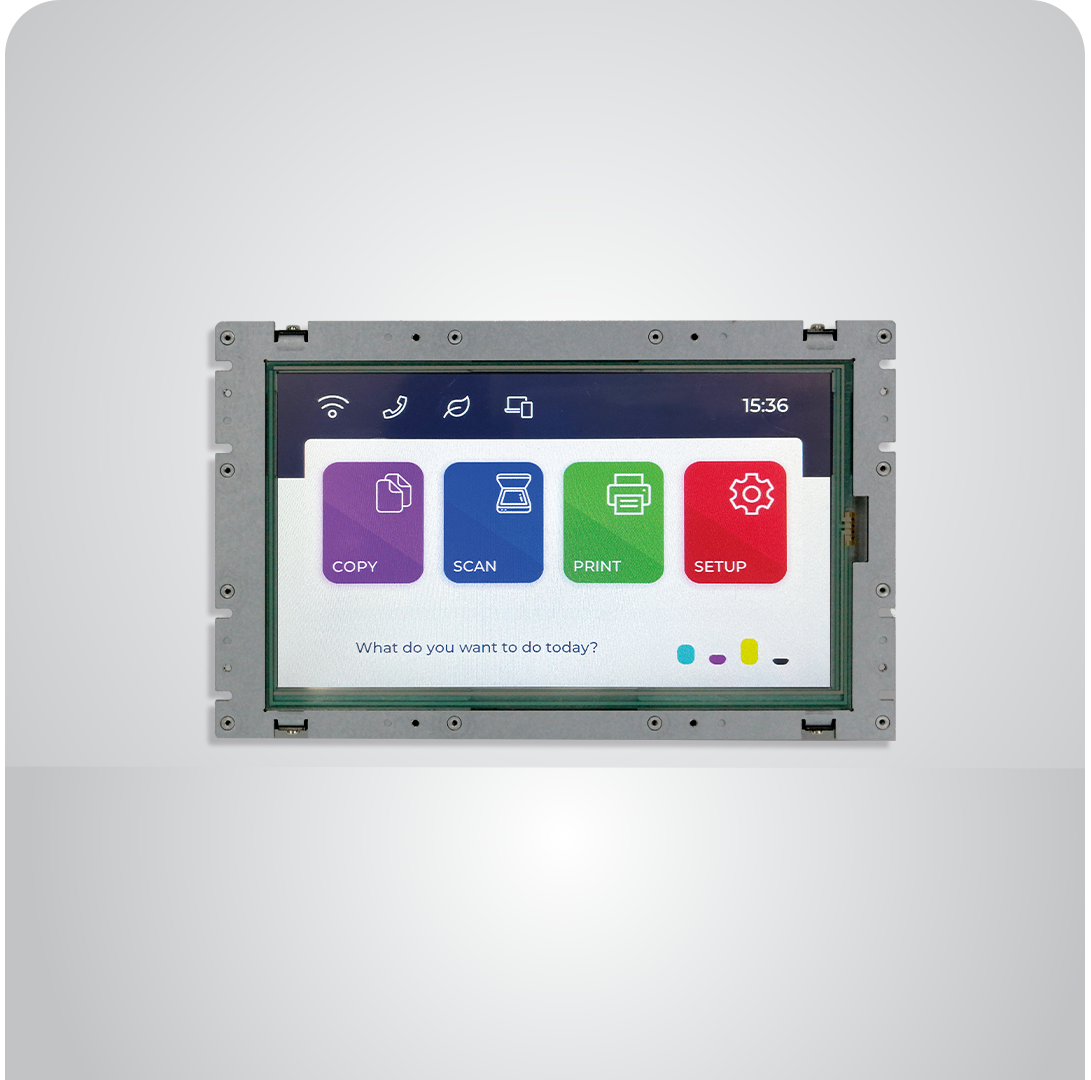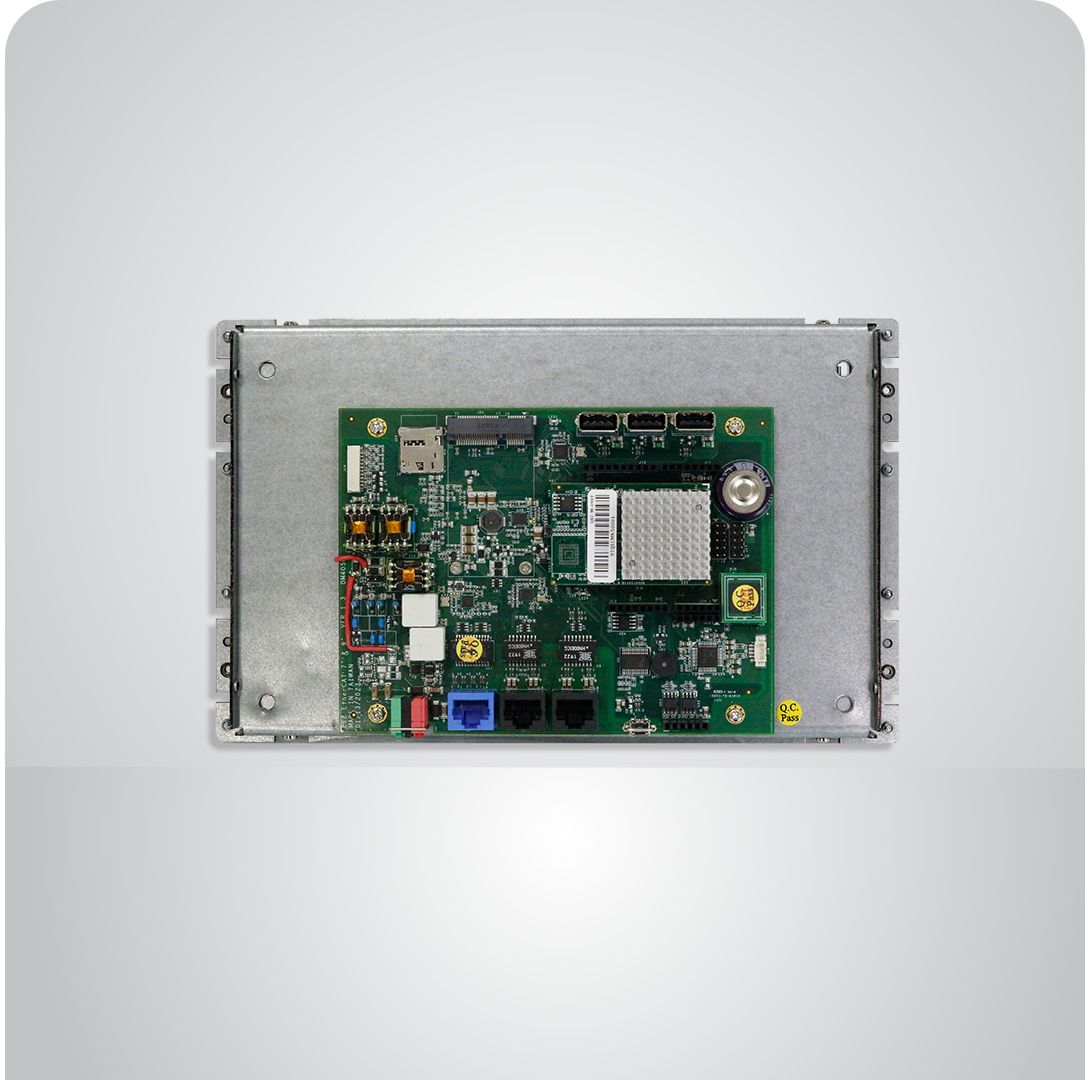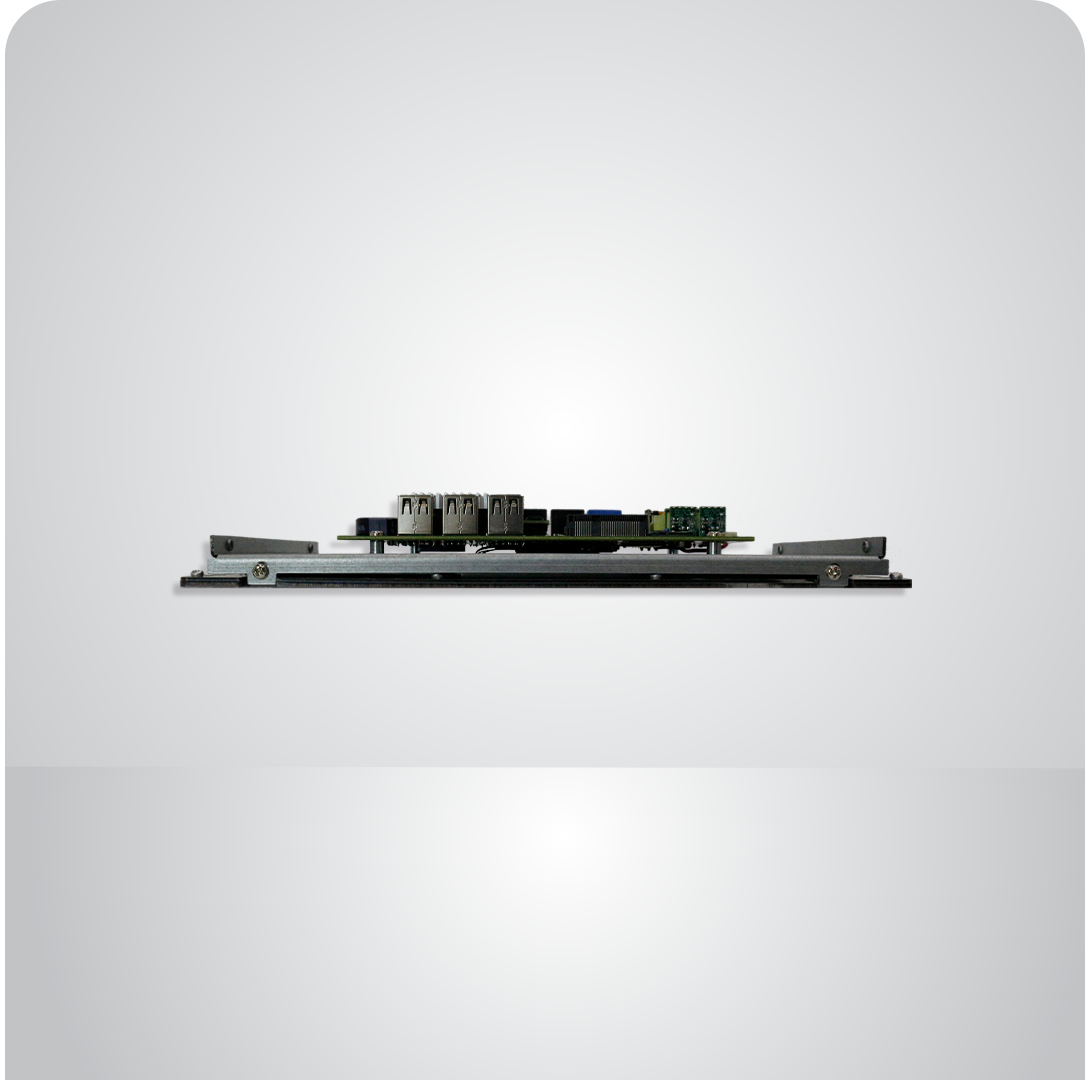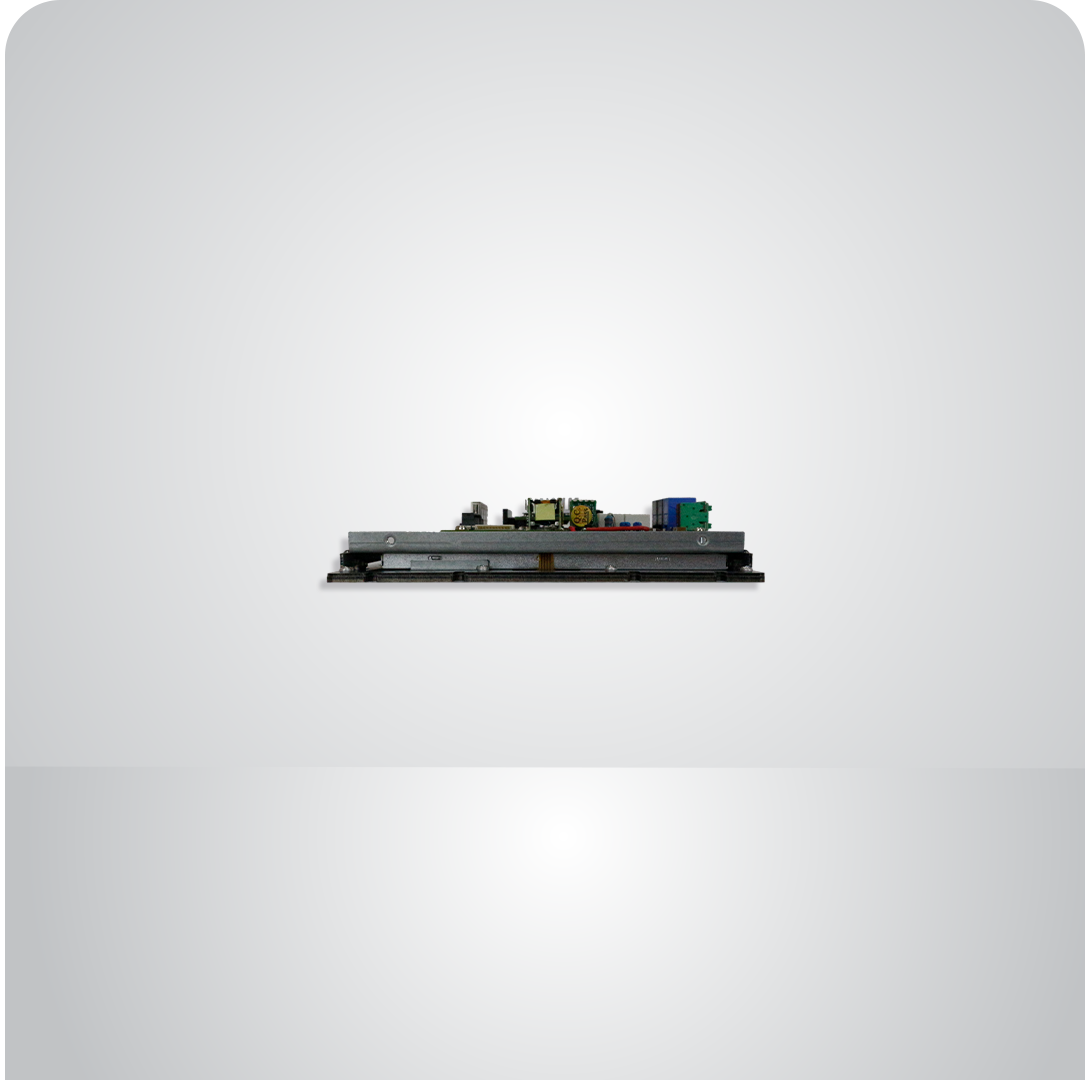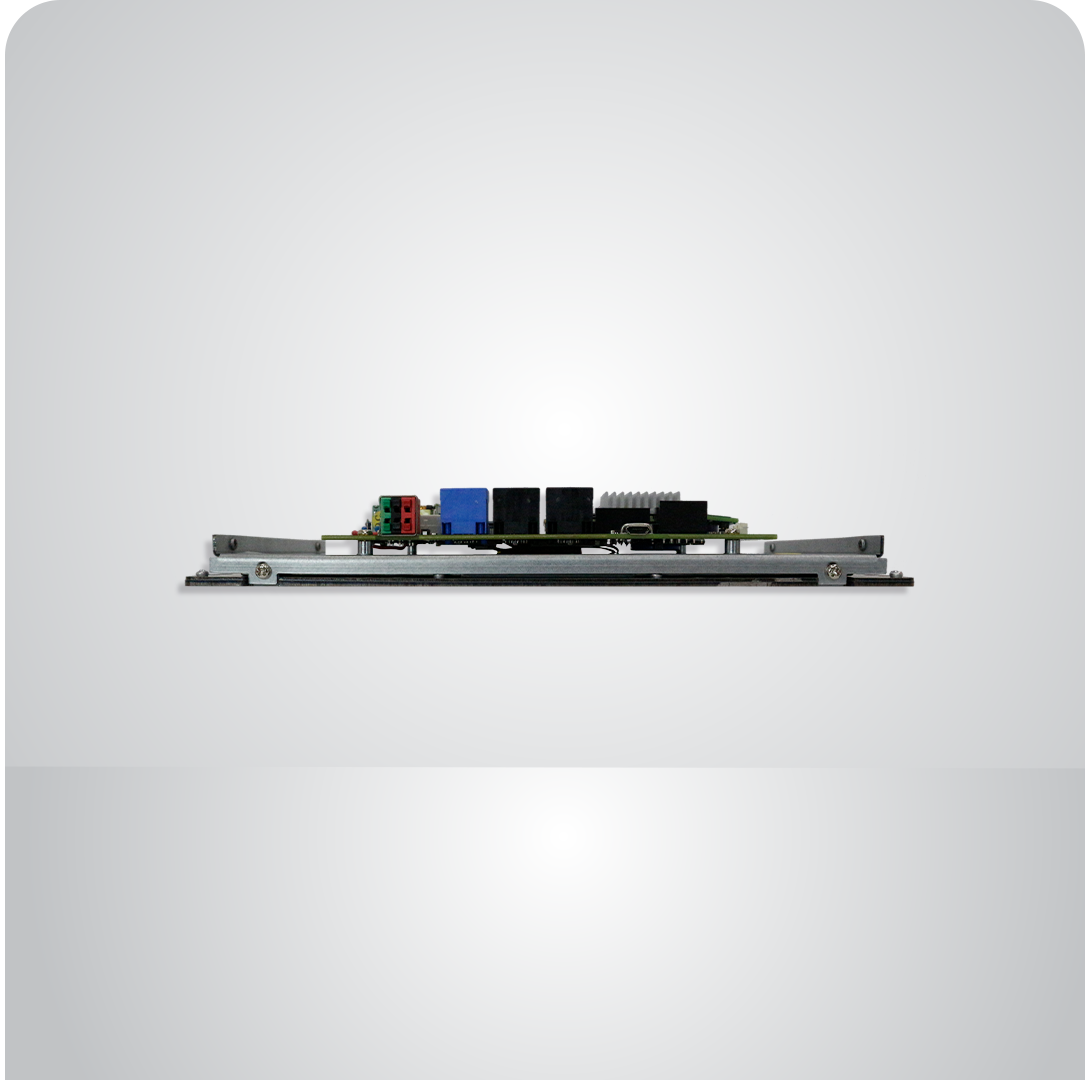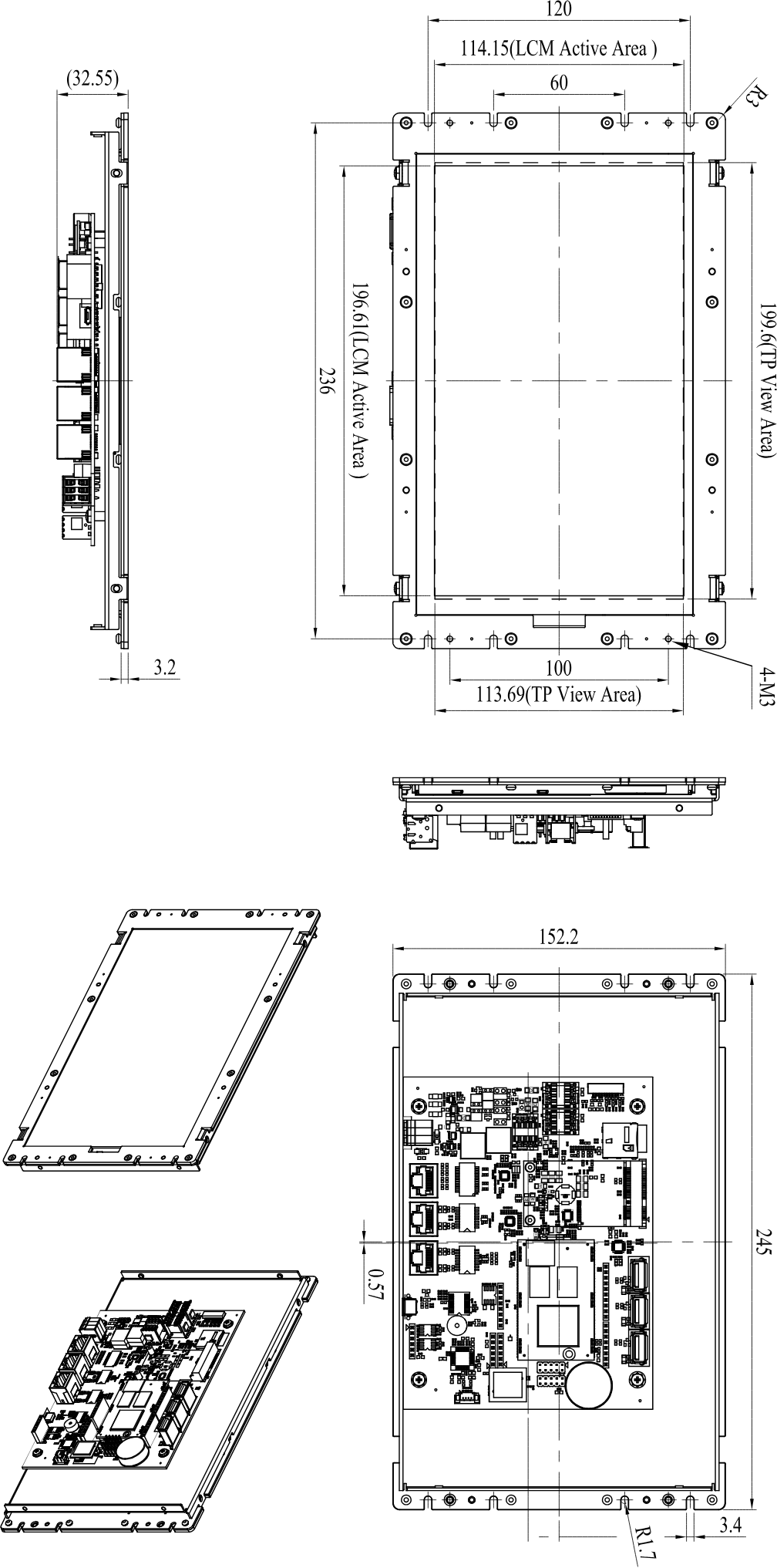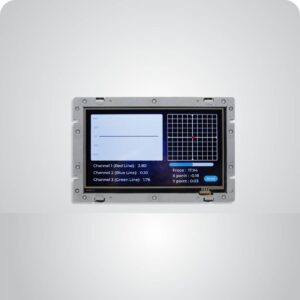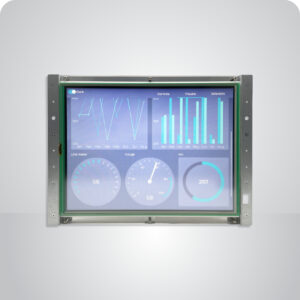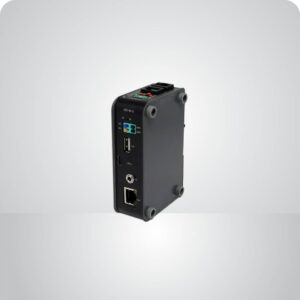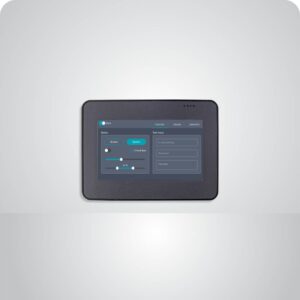QEC-M-090T is an EtherCAT master with a real-time, reliable, and synchronous control equipped with a 9-inch TFT LCD. The industrial Arduino makes it an easy-to-develop, stable, and economical automation system, allowing users to develop EtherCAT with UI quickly.
The QEC master is highly compatible with third-party EtherCAT devices for communication, such as servo, I/O, etc. For taking full advance of EtherCAT, It supports PDO, CoE, FoE, DC, and EtherCAT cable redundancy to use other EtherCAT slaves flexibly. The QEC master has precise synchronization (min.125μs), and its 86Duino IDE provides less than 1us jitter time in the minimum cycle time; it could apply to highly synchronized and precision automatic applications, like motion control and I/O control. (Read More: EtherCAT Master’s Benchmark – QEC)
QEC-M-090T has a built-in high endurance 2GB SLC eMMC, designed to provide a stable and reliable operating system. Users can upload the developed executable files and required images or data, such as HMI images, to the QEC-M-090’s SLC via the 86Duino IDE without affecting the performance of the master system. Besides, 86Duino IDE also integrates with the LVGL library to provide an advanced and intuitive approach to user interface design on QEC-M-090T.
QEC-M-090T can also monitor hardware information on temperature, voltage, and current. These features allow users to track the system’s carbon footprint and estimate its lifespan.
QEC-M-090T’s dimension is 245 x 152.2 x 32.5mm, with its open frame design for easy integration and customization. Operating temperature is from -20°C to +70°C, and with an extended option of -40 to +85°C, this EtherCAT Master remains steadfast even in the most challenging conditions. QEC-M-090T has two networks for EtherCAT Cable redundancy and one Giga LAN for external network connection. It also offers unrivaled connectivity, featuring 3 USB ports, a MicroUSB port (debug/upload only), VGA output, MiniPCIe slot, and full Arduino function Pins (GPIO, PWM, SPI, I2C, CAN, etc.); All provide an off-the-shelf API to use.
These interfaces open up a world of possibilities for integrating various devices and peripherals into your automation network, providing flexibility and adaptability for your unique requirements.
